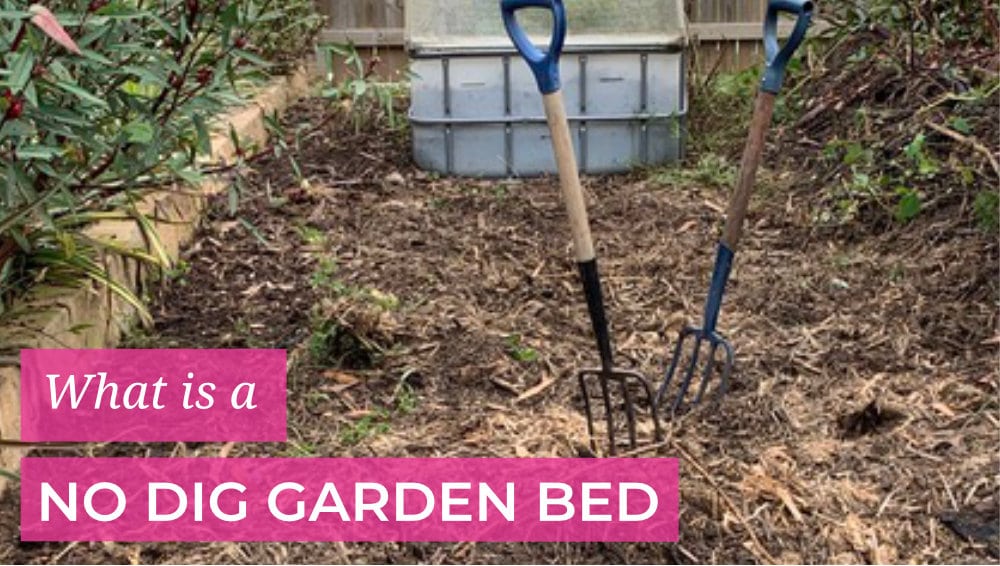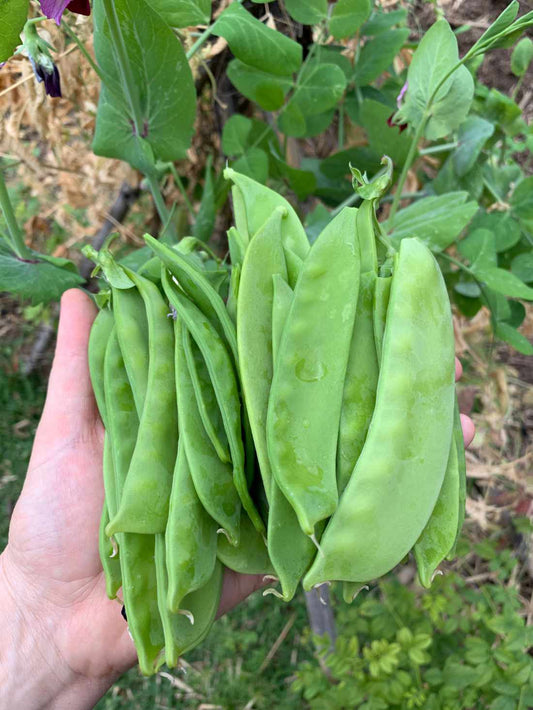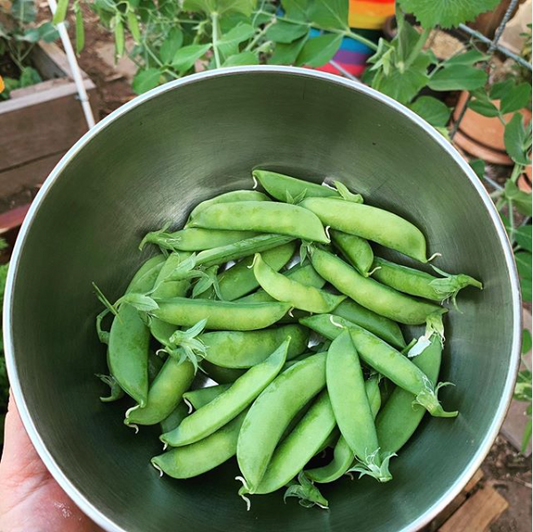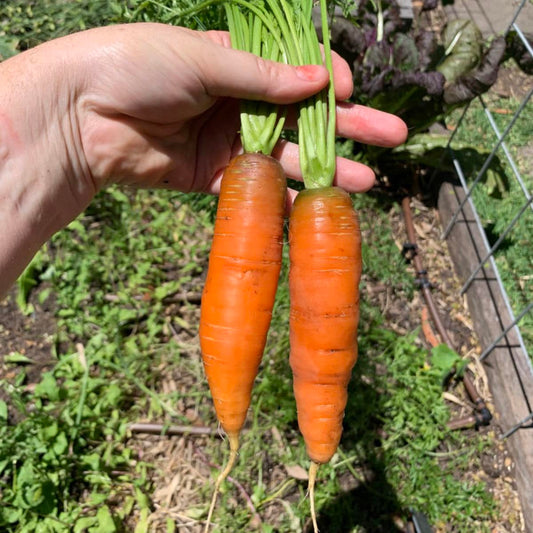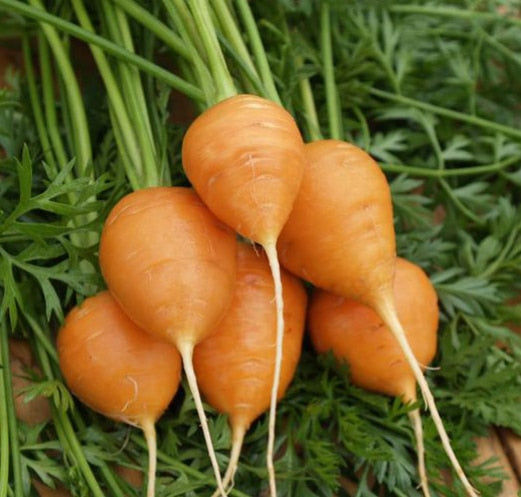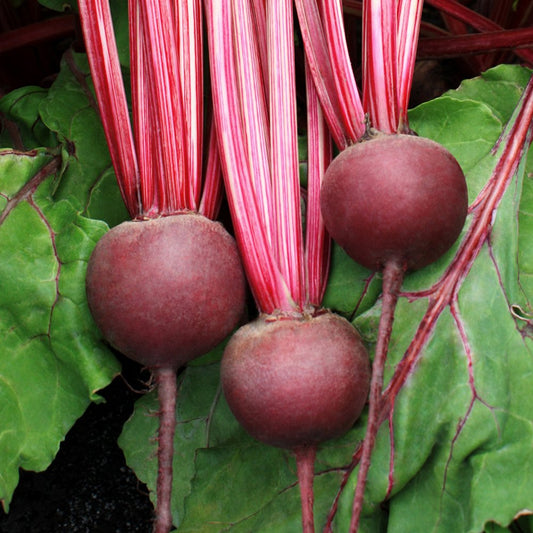Back in July 2021 our garden was featured in the gardening australia magazine. When the interviewer asked me what was my favourite gardening method - we do a lot here - aquaponics, raised beds, hydroponics, wicking beds etc it was like picking a favourite child... my instant response was no dig gardening, the reason. Because I am a bit lazy. However that’s not the only reason and I wanted to talk about that today.
What is a no dig garden bed?
A garden bed that isn’t turned over or tilled and instead you place layers of organic matter on top to restore and create a garden that produces abundant veggies. Instead of digging down, you’re essentially layering up..
Why are no dig beds amazing for veggie patches?
When you dig soil it releases nutrients, however, it’s often too many and the nutrients run off in the rain. What you’re left with is soil that over time of continually tilling is a soil that is devoid of anything good. By layering organic matter on top of the soil, over time the microbes and fungi turn what was once potentially pretty poor soil into an abundant little patch. Undisturbed soils is better for worms, it’s better for micro organisms to do their job with unlocking all the things the plants need.
You can start a no dig garden anywhere, so if you’re renting and you’re likely to have a thriving lawn or infrastructure for a veggie patch, you can just start anywhere. No digging things up just plonk your layers down.
The downside of no dig gardens
You need a lot of resources - mainly compost, which is in high demand when you’re growing your own food. Shop bought compost just isn’t the same as home made but it will work if you need to go that path. My tip for buying compost is buying a bunch of different brands rather than one type. I still recommend trying to make a small amount yourself, particularly for that top layer. So whilst you can get a veggie patch up and running quickly with no dig, you may have to work a bit before hand to get your compost sorted.
How to create a no dig garden
There are a bunch of methods that people use. We specifically use the lasagne method, which allows us to use up a bunch of trimmings we usually have lying around. If you’re going on grass directly you don’t have to dig it up, you can layer cardboard if you like but it’s not essential. Our layers are essentially woody clippings from cutting things back around the yard (I am looking at you perennial basils), then a layer of almost finished compost (the chunkier the better), we then do a layer of manure (usually horse as it’s local and it adds bulk to the mix) then finish off with our best compost and a layer of mulch. We then water it in and let it sit for a week or two before planting out.
Our lasagne method
- Cardboard *optional
- Woody Plant Trimmings
- Almost finished Compost
- Manure (we go for horse for extra bulk)
- The best compost
Our lasagne method is very similar to what we do with filling our raised beds which you can see in this clip here.
Last year we did a no dig bed for sweet potatoes - I did a youTube clip that harvest we got nearly 13kgs of sweet potatoes. This year we just did them in a raised bed of soil we bought in, same size and only managed to harvest 10kgs.
Dirt lovers can see the full tutorial video of our sweet potato bed setup inside the portal.
Ongoing maintenance
Once your 'no dig garden' is up and running you just need to top it up with around 3cm of compost before the growing season. Once you have your compost system setup, this is pretty simple.
I’d love to know if you have tried a no dig garden bed. Does it work for you? Any tips or tricks?

